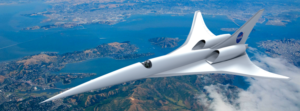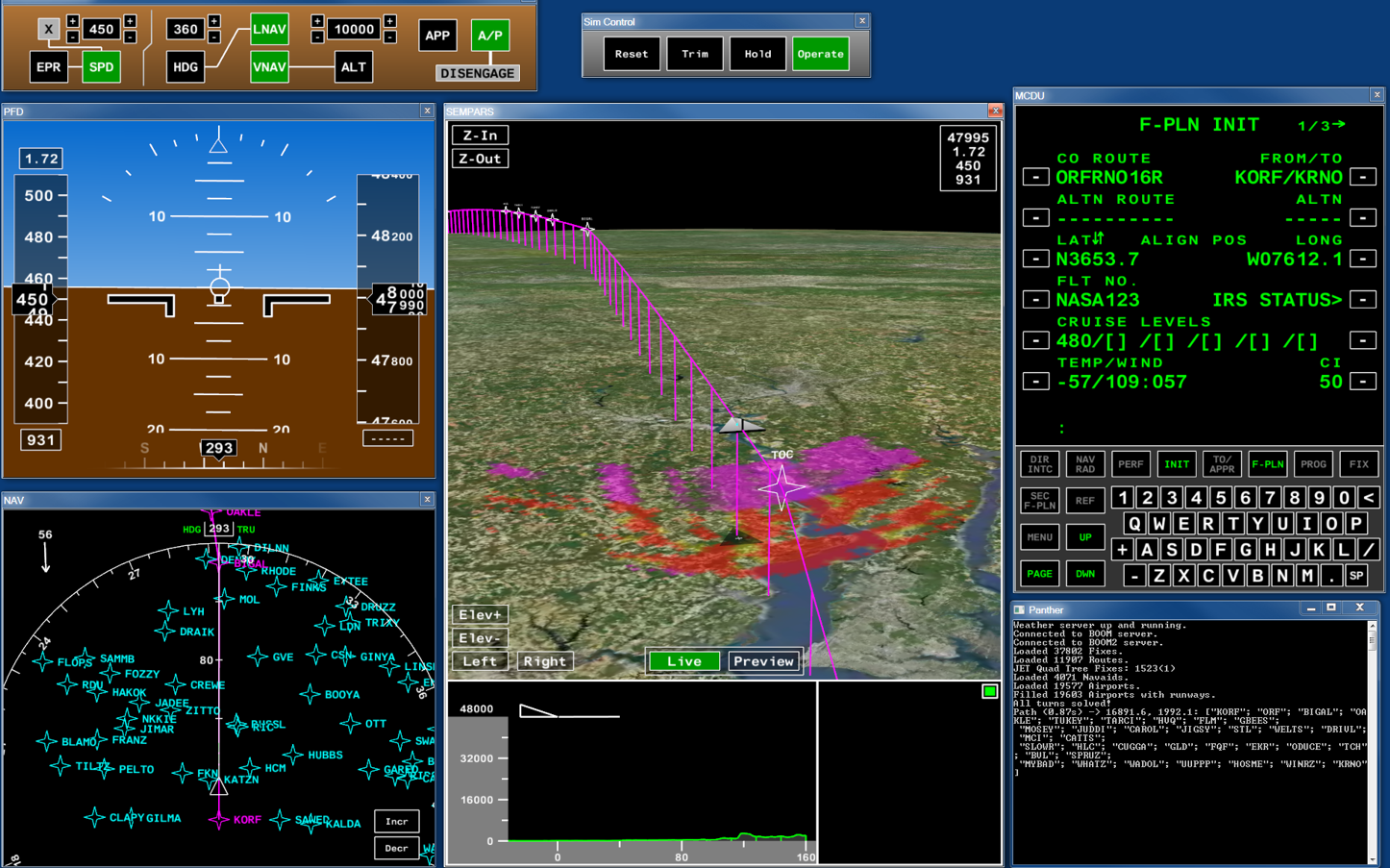
The goals of the Commercial Supersonic Technology Project are to develop and validate tools, technologies, and concepts to enable practical overland supersonic flight with acceptable sonic boom and to build and fly a Low Boom Flight demonstrator (LBFD) aircraft to demonstrate low-boom technologies. Unfortunately, the LBFD required aircraft forebody shape eliminates forward visibility. To solve this, problem the CSAOB is developing data for eXternal Vision Systems(xvs) and display technologies to achieve an equivalent level of safety and performance to that provided by forward-facing windows in today’s subsonic aircraft. Our goal is to prototype and enable low-boom flight demonstrators aircraft (X-54) objectives. We would also like to enable technology for successful commercial low-boom supersonic aircraft.
Flight Test

In order to evaluate the ability of a prototype XVS to provide “see-to-avoid” and “see-to-follow” traffic operations in a real environment and gain operational knowledge for feedback in the design of future iterations, CSAOB conducted an XVS proof-of-concept(POC) flight test. The research aircraft used were XVS and ADS-B equipped. Comparisons were be made between an observer using XVS and an observer looking through forward facing windows. The flight test provided great results. Great data was made with significant advances to inform emerging XVS requirements and development, however, the implementation of XVS in this test was less than adequate.
Boom Mapper
One requirement for supersonic integration is the need for shockwaves produced by supersonic flight to be mapped and planned for en-route mission planning. CSAOB is developing a boom mapper pilot aide that leverages boom prediction technology developed at NASA AFRC and mission rehearsal and planning technology developed at NASA LaRC. Boom mapping enables the crew to make tactical flight profile decisions with respect to boom placement. Some of the challenges of boom mapping involve an increase in noise during aircraft acceleration, the need for wind measurements, and other atmospheric conditions requiring a detailed and accurate atmospheric model and high fidelity terrain topography modeling to measure effects of pressure and bounce.

Rapid Display Prototyping Process
Traditional formal descriptions of the display and display elements are just the starting point of the design process. The standard “change-order” or “bug-report” process is slow and cumbersome. Rapid and interactive display design during live testing greatly enhances the efficiency and effectiveness of the research. efficient and effective display design enables spiral development. Smaller, easier controlled experiments yield more timely results, greater impact, and value.
Tech POC: Steve Williams, Kevin Shelton